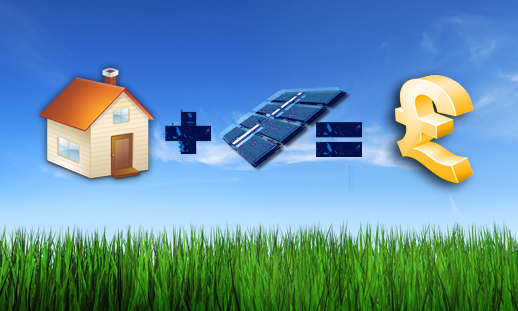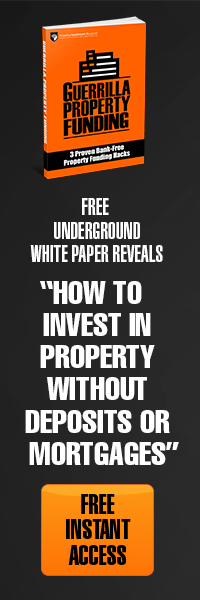
PV Solar System -- Free For Landlords (seriously)
A PV solar system is about using renewable energy technology to save money and even generate income on your property. This can be especially worthwhile if you are a landlord in possession of one or more rental properties as not only can it be an investment long-term, the addition of solar panels can attract prospective tenants to your accommodation and significantly reduce the carbon footprint of all concerned.
See below for how you can get this installed for free!
What is Solar PV?
Solar photovoltaic panels use the sun's energy to generate electricity for household lighting and equipment. Contrary to popular belief, the panels do not only store energy in sunny weather; daylight is all that is needed, although they should only be installed on a surface which is facing south (or within 90 degrees of south) and isn't interrupted by large amounts of shadow or overhanging foliage.
The practicalities
Buying PV solar system panels comes down to what they are made of and how much electricity they produce. Monocrystalline cells can be the most efficient in energy production -- in other words, how much energy is converted per unit -- but cost more than alternative types like polycrystalline.
If you opt for a hybrid material, the efficiency can be up to 17%, but again with a higher price tag. Depending on who made it, a PV solar system panel can produce anything from 180-250 watts. It's therefore a good idea to research the companies behind the quotes to find out how they make their products.
The benefits of a PV solar system
The main reason this method is lucrative for landlords is down to the government's feed-in tariff or FIT scheme. Generating energy from a renewable source can mean you get paid for both electricity which you generate and the surplus energy the household does not use. The tariffs are tax-free and index-linked, rising with annual inflation.
Moreover, the occupants of the property will cut electricity bills by using a self-sufficient energy source and the more energy prices soar, the more you will save. So while you won't directly benefit from the electricity as the home-owner, you will receive payment for it.
Things to consider
While the long-term prospects of a PV solar system are certainly worthwhile, it's important to factor everything in before you go ahead. If you own flats which are part of a larger building, you will need permission from the other households who share the roof in order to get started.
As a landlord, you are also likely to need around £8,000 - £10,000 upfront per property to install. Although this will be balanced over time by profit, you can estimate profit by looking at target inflation rates and energy price forecasts, as well as working out how much interest you might have gained on simply saving or investing your money elsewhere.
Get your tenant to pay for it
That said, you can use the new government initiative "Green Deal" to help pay for it. How it works is they give you a loan for the works and then the loan gets paid off by the monthly saving that's made in your energy bill as a result of installing the panels.
And remember, it's the tenant's energy bill that's paying it off. The tenant has to agree to the works but there's even a cashback payment in it from the government for them to use a carrot: £500 in Scotland and £1,000 in England and Wales, I believe.
Some tenants even qualify for a full grant, so there may not even be a need for a loan in some cases.
It almost sounds too good to be true, especially given the endless grief that landlords normally get from the government but it seems to be the real deal. Something to do with carbon targets and the Kyoto agreement or some such nonsense.
Research pays
It does pay to research the available installation companies in your area to find out whether your properties meet the requirements and to get a more specific idea of costs. In practical terms, the roof has to be strong enough to withstand the weight of the additional panels and there will need to be space to erect scaffolding. This said, the panels can take under a day to install, are fairly low maintenance and could prove a growing investment for the years to come.
Article kindly provided by bankruptcyadvice.co.uk.
<< Back to Property Power Team from PV Solar System
<< Back to Property Investment Blueprint from PV Solar System




